Hide-Out

Brief Synopsis
Cast & Crew
W. S. Van Dyke
Robert Montgomery
Maureen O'sullivan
Edward Arnold
Elizabeth Patterson
Whitford Kane
Film Details
Technical Specs

Synopsis
After Lucky Wilson, a Broadway playboy and the "strong man" of racketeer Tony Berrelli, forces the owner of a New York nightclub to pay protection money, he is threatened with arrest by MacCarthy, a police lieutenant. Confident that the police will never arrest him, Lucky continues his illegal practices until one angry nightclub owner finally presses charges against him. Although aware that a warrant has been issued, Lucky insists on returning to his hotel to rendezvous with a woman before retreating to the Catskills. After he convinces the woman to accompany him to the mountains, Lucky is surrounded by the police and is shot while fleeing to his automobile. The wounded Lucky drives himself to Connecticut and is finally taken in by the Millers, a generous farm family who believe that he himself was the victim of racketeers' violence. On Lucky's orders, unsuspecting Henry "Pa" Miller, notifies Berrelli of Lucky's whereabouts and requests that the gang's doctor be sent. When the alcoholic Dr. Warner arrives at the Millers', he finds Lucky bedridden and anxious to return to the city. However, as soon as Lucky meets Pauline, Pa's pretty twenty-year-old daughter, he tells the doctor he has changed his mind and is now content to recuperate in Connecticut. Warner leaves empty-handed, and Lucky begins to romance schoolteacher Pauline, who like the rest of her family, has no suspicions about his identity. In the process, Lucky learns about farm life and is taught by Pauline to perform such mundane chores as cow milking and chicken feeding. Lucky even befriends Willie, Pauline's young, ever-present brother. A week later, while Pa, "Ma" and Willie take a day-trip to a relative's house, Lucky and Pauline picnic together and are caught in a rainstorm. The couple take cover in a deserted cabin, shed their wet clothes and warm themselves in front of a fire. In spite of his desires, Lucky refuses to seduce Pauline, who has confessed her love to him, and insists that they return home immediately. At the farm, Lucky is greeted by MacCarthy and his assistant Britt, and while resigned to his arrest, begs MacCarthy not to reveal his mission to the Millers. Touched by the Millers' warmth and innocence, MacCarthy and Britt, who have been forced by the storm to stay at the farm for dinner, pretend to be Lucky's business associates and then allow Lucky to say a private farewell to Pauline. Once alone with Pauline, Lucky confesses his past but swears his love and vows to return to Connecticut an honest man. After Lucky receives a heartfelt goodbye from the Millers, Pauline tells him that she will indeed wait for him.

Director
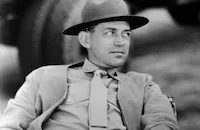
W. S. Van Dyke
Cast

Robert Montgomery

Maureen O'sullivan

Edward Arnold
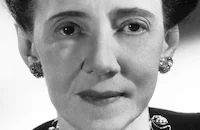
Elizabeth Patterson
Whitford Kane

Mickey Rooney

C. Henry Gordon
Muriel Evans

Edward Brophy
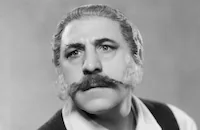
Henry Armetta
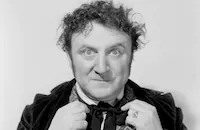
Herman Bing
Louise Henry

Harold Huber
Roberta Gale
Arthur Belasco
Billy Arnold
Louis Natheaux
Dick Kipling
Frank Leighton
Frank Marlowe
Frank O'connor
Bobby Watson
Virginia Verrill
Ruth And Lester
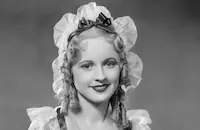
Lucile Browne
Jeannette Loff
Herta Lind
Tenen Holtz
Alexander Carr
Crew
Arthur Appell
Dr. William Axt
Bob Barnes
Nacio Herb Brown
Arthur Freed
Cedric Gibbons
Frances Goodrich
Mauri Grashin
Mauri Grashin
Albert Hackett
Chester Hale
Ray June
Douglas Shearer
Hunt Stromberg
David Townsend
Dolly Tree
W. S. Van Dyke
Sidney Wagner
Edwin B. Willis
Basil Wrangell

Photo Collections
Videos
Movie Clip


Film Details
Technical Specs

Award Nominations
Best Writing, Screenplay
Articles
Hide-Out
The cops, led by detective Edward Arnold, are closing in fast, however, so Montgomery hightails it out of town to hole up on a Connecticut country farm. His worries of boredom are alleviated when he meets the farmer's sexy (yet demure) daughter, Maureen O'Sullivan. Suddenly he loves the country and wants to stay even beyond the time it takes for him to recover from a gunshot wound.
The rest of the story unfolds at the farm, as Montgomery discovers what love can be and falls under the spell of the warm family before the law catches up to him once more. (He also learns to milk a cow, feed chickens and bale hay, which are all played for big laughs.) While the picture starts out and ultimately remains a light comedy, right down to the funny closing line, it evolves into something surprisingly sweet and tender, too. Smart writing and good acting make this work. Mauri Grashin's story, which was nominated for an Oscar® (losing to Manhattan Melodrama), was turned into a screenplay by experts Frances Goodrich and Albert Hackett, true masters who also wrote The Thin Man (1934), It's a Wonderful Life (1946), and The Pirate (1948) among others. Here, in a comparatively minor film, they still manage to intelligently milk the fish-out-of-water situation for laughs while also serving up characters of depth and sympathy.
Montgomery does a good job in Hide-Out but somehow still comes off as a not-too-inviting screen presence - a common reaction to viewing his movies today. Jeanine Basinger, writing in The Star Machine (Knopf, 2007), addresses this question. She describes Montgomery as "one of the most successful and intelligent of the MGM male stars of the 1930s...very handsome in the drawing-room-manners mode. Loaded with charm, he knew his way around smart, sassy dialogue. Today, however, audiences find him cold. There is about him a distinct edge of disdain. His projection of smug superiority, meant to be amusing, climbs down off the screen and irritates a modern audience. He's slumming. This quality was right for his times, but now he denies the audience entrance."
Nonetheless, Montgomery capably handles the comedy and drama of his character, and he and O'Sullivan share convincing chemistry. They make us believe that a superficial city crook and a naïve country girl could actually fall in love. O'Sullivan, adorable in a role originally meant for Loretta Young, had by now already played Jane opposite Johnny Weissmuller's Tarzan twice, including Tarzan and His Mate (1934), which opened only four months before Hide-Out. Between the two releases she also appeared in The Thin Man - not a bad run of titles!
Stealing this picture, however, is 13-year-old Mickey Rooney. Already a Hollywood veteran, his notable performance as Puck in A Midsummer Night's Dream (1935) was right around the corner. Watching him in Hide-Out, one can't help but realize the kid was a natural. Rooney is asked for the most part to play an annoying little brother, constantly pestering Montgomery as he tries to make the moves on O'Sullivan. Montgomery finds creative ways to get rid of Rooney: "I'll bet you a quarter you can't run down to the turn of the road and back in five minutes," he says, and Rooney scampers away. (Five minutes later, he says, "I'll bet you 50 cents you couldn't do it again," and Rooney replies, "I'll bet I couldn't either!") Later on, in a surprising sequence involving a cooked rabbit, Rooney is required to show a more complicated set of emotions, and he nails it perfectly.
The supporting cast of Hide-Out is well worth a mention: Edward Arnold, Edward Brophy, Elizabeth Patterson, Henry Armetta and Herman Bing all make strong impressions. Patterson is especially good in her usual role of a small-town gossip or mother figure. She had already appeared in almost 40 movies since the mid-1920s, following a Broadway career. She'd later find success in television, playing Lucy's neighbor in I Love Lucy.
Producers: Hunt Stromberg and W.S. Van Dyke
Director: W.S. Van Dyke
Screenplay: Frances Goodrich and Albert Hackett, Mauri Grashin (story; screenplay contributor uncredited)
Cinematography: Ray June and Sidney Wagner
Art Direction: Cedric Gibbons
Music: Dr. William Axt
Film Editing: Basil Wrangell
Cast: Robert Montgomery (Jonathan 'Lucky' Wilson), Maureen O'Sullivan (Pauline Miller), Edward Arnold (Det. Lt. 'Mac' MacCarthy), Elizabeth Patterson ('Ma' Miller), Mickey Rooney (William Miller).
BW-81m.
by Jeremy Arnold
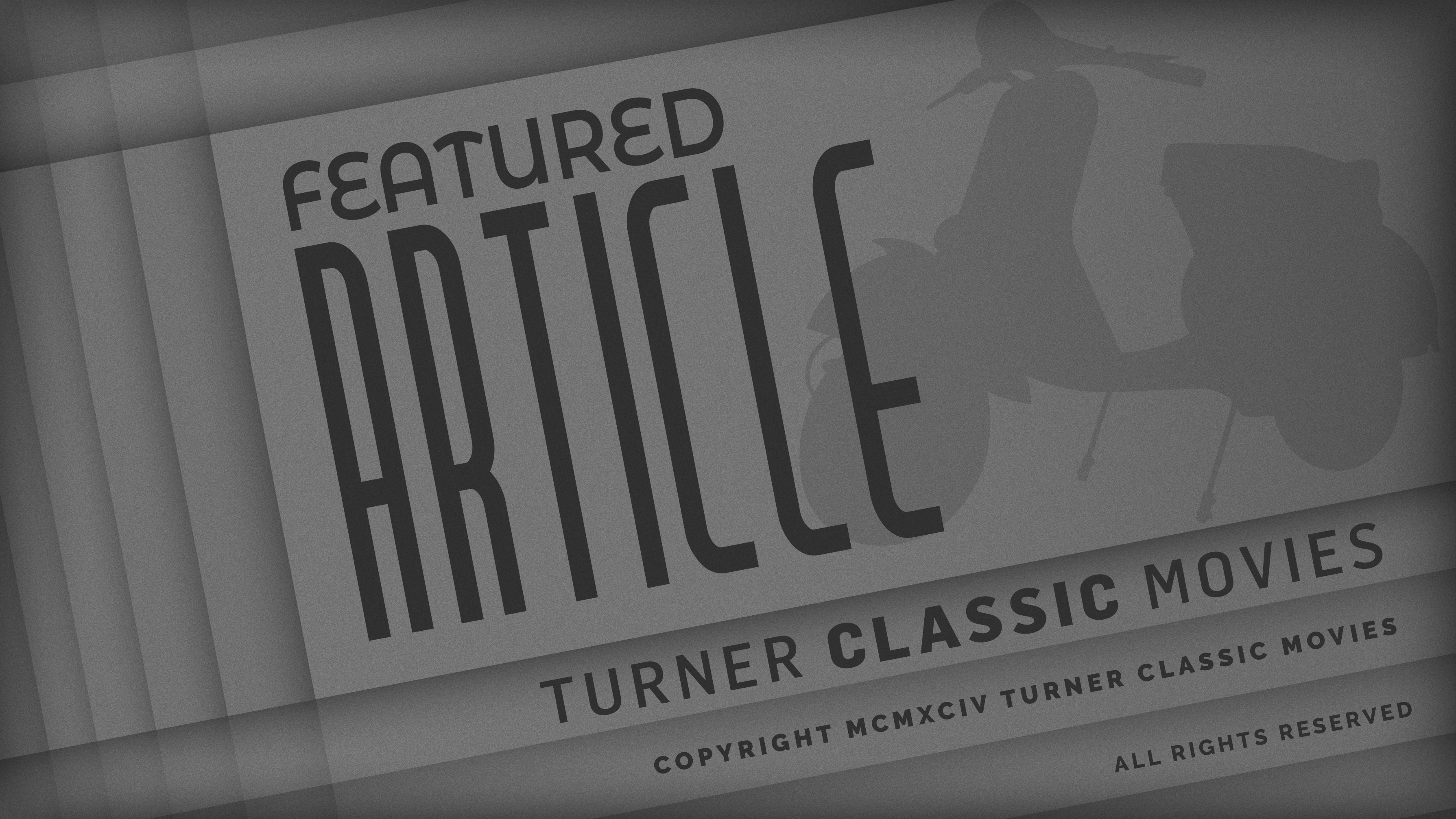
Hide-Out
Quotes
Trivia
Notes
According to Hollywood Reporter news items, Hal Rosson was first assigned to photograph this film. Because of illness, he was replaced by Ray June prior to the start of production. Hollywood Reporter news items also note that, after she received word that her father was seriously ill in Ireland, Maureen O'Sullivan left the project and was replaced by Loretta Young. However, when Loretta Young was hospitalized just before production, M-G-M re-hired O'Sullivan, who then cancelled her plans to go to Ireland. Because of these setbacks, the start of production was delayed by a week, and Van Dyke was forced to change his first week's shooting schedule to accomodate his missing stars. Scenes for the film were shot in Santa Cruz, CA, according to news items. Writer Mauri Grashin was nominated for a "Best Story" Academy Award but lost to Arthur Caesar and M-G-M's Manhattan Melodrama. In 1941, Robert Sinclair directed Virginia Weidler and Paul Kelly in I'll Wait for You, an M-G-M remake of Grashin's story.














